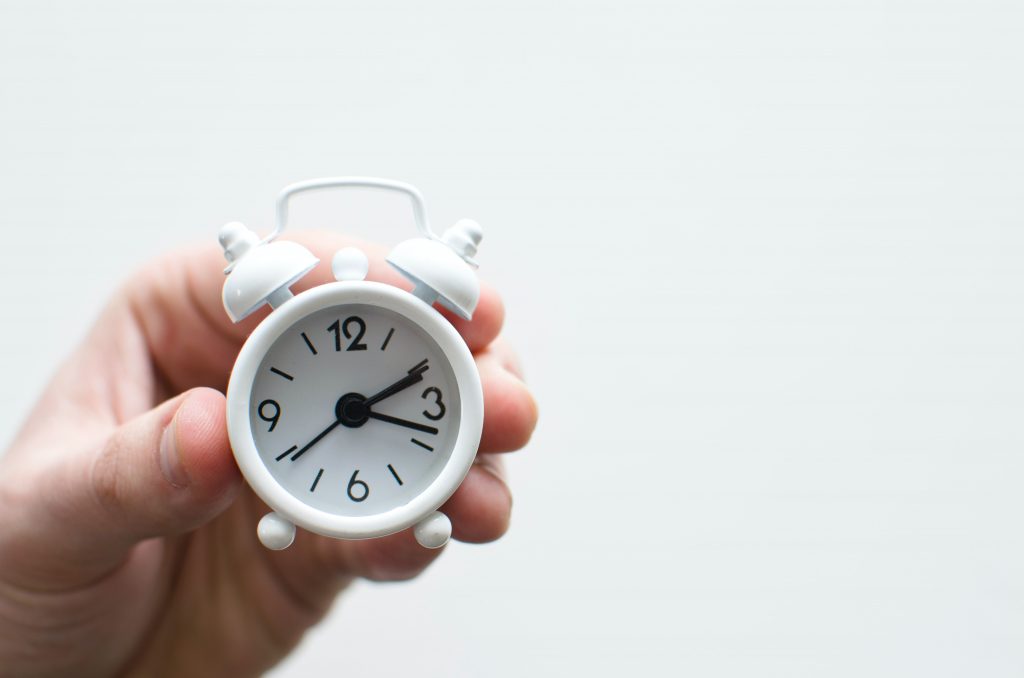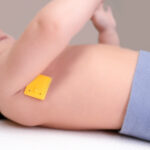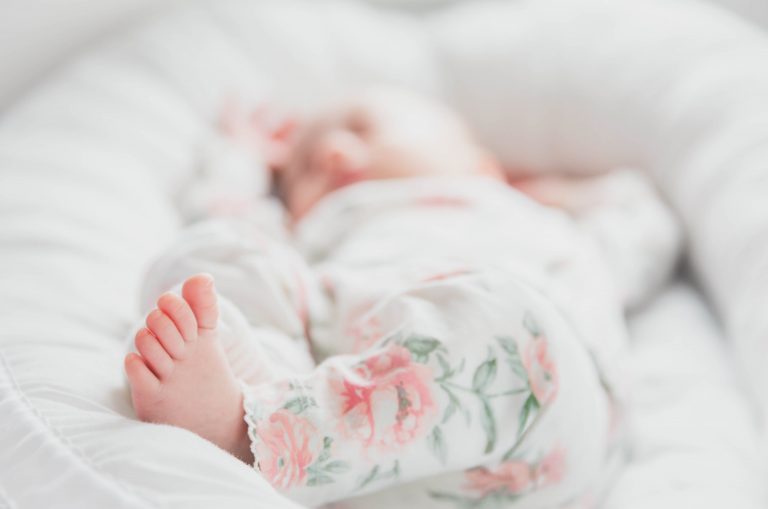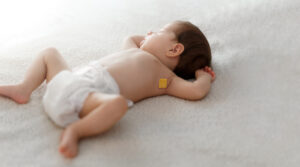Your baby’s sleep schedule is sacred and shifts in that clock can be incredibly disruptive not just to your baby, but to you. Daylight savings time can cause hiccups in your baby’s usually well-established sleep schedule which of course will affect how many hours of sleep you get yourself. When a baby’s schedule gets disrupted, it can cause their mood to change. Your baby might act out, have mood swings, or exhibit cranky behavior. That is why it is so important to adjust your baby properly to daylight savings time. If you are wondering the best way to transition your child into a new routine, Cubo Ai has the answers for you! Continue reading below to learn more about how to adjust your baby to Daylight savings time so you and your child can get all the z’s you need.

Maintain a consistent schedule
In only a matter of weeks, Daylight Savings Time will be here and our clocks will “spring forward” one hour which means we will lose an hour of sleep. For those with babies that are four months or older, they already have inner clocks that dictate how long or how little they sleep. With this time adjustment, you will want to keep a schedule based on what the clock reads. At your baby’s usual bedtime (even if it is an hour ahead now), put them to bed. Feed them at the time you usually do and wake them at that same time too. It is important to also keep naps the same length. Do not cut or increase the amount of time that your baby naps. Keeping the same schedule can allow your baby to stick to their current routine without hiccups.
With the spring forward, you will want to shift your baby’s routines to be earlier than they would without the shift.
Your baby may need some time to adjust to these earlier hours, but eventually their internal clock will shift to wake, sleep, and eat at the right time.
Start a few days before
If your baby is especially set in their ways and any change to their schedule is difficult, start putting them to sleep ten minutes earlier five to seven days before Daylight Savings happens. This will give your child time to get used to this change in routine before the clocks actually change. If your baby is a bit fussy, even five minutes earlier can help get them to transition to a different sleep schedule. This slow change of bed time can give your baby the time they need to come to terms with their new sleep schedule.
Giving your baby that extra time to transition to a new sleep schedule can be key in making the shift seamlessly.
Some babies may take up to seven days to fully adjust to their new schedule, so do not fret! This is totally normal. As with everything, every baby is different, and so how they react to things will differ. While their body will eventually react naturally to the time change, it can help to institute “quiet time” before bed, to get your baby sleepy and ready for a good night’s rest! When fall comes around and our clocks “fall back” an hour, this process of adjusting your baby to Daylight Savings will reverse itself. You will still want to start the transition about a week before but instead of putting your child to bed earlier, you will want to put them to bed later.
Mimic the natural light
The best signal for your baby is light, whether it is bright or dark. Keeping your baby’s curtains open and the sun pouring in when it is time to wake up can be a great way to get their body to adjust naturally to the time. Vice versa, making their room dark with room-darkening curtains or the lights off, can tell your child that it is time to sleep and allow them (even if the sun is still out) to go to bed early. Even dimming the room an hour or so before bedtime can get your little one to wind down. Routine is just as important as your child’s internal clock. Giving your baby those real-life cues such as “story” or “bath” time can make them adjust to their new sleeping schedule while also keeping that normal bed-time routine for them.
Use products
Just like the importance of blackout curtains, sleep training clocks and white noise machines can be great tools to utilize when changing your baby’s sleep schedule to Daylight Savings Time. Some sleep-training clocks use visual cues such as a sun rising that can signal to your child that it is either morning or night.
Using sounds like white noise machines or even music that your child recognizes as “sleeping time” can be another great way to teach your kid when and when not to get up. Sounds can be just as influential as sights for kids; or even more so for other babies. Again, since every child is different, it might be worth it to test out these methods. See if your child responds more to light cues or sound cues. Maybe, they need both to assist with their internal clock.
Take care of yourself!
It is important to remember that your sleep schedule is just as essential as your babies.
Daylight Savings Time in both the Fall and Spring can be overwhelming to many parents, especially if your baby is young and hasn’t quite adjusted to a consistent sleep schedule. Or, if your child is particularly fussy. Sometimes a parent can forget to take care of themselves when they are so focused on being there for their child. But a happy parent is a happy baby! When training your child in the days or week before actual Daylight Savings Time, it might be helpful to adjust your own schedule accordingly. Going to bed that extra hour can allow you to sleep the same amount as your little one. While not every parent might be able to get that extra hour of sleep before the time changes, if you can, take advantage of that opportunity. This can allow your own inner clock or body to get used to the change ahead. After all, it is not just our babies that have a hard time adjusting to Daylight Savings and when we are well-equipped to this change; they will be too!
Another amazing tool to use not just during Daylight Savings Time but everyday is the Sleep Analytics feature in Cubo Ai App. This feature provides comprehensive sleep reports that allow any parent to understand their baby’s sleep patterns. This detailed analysis can allow you to know how long it takes your child to fall asleep, what their average wake-up time is, and how many times they cry or fuss in the night. Using this app can not only be useful in your day-to-day life to gain insight on your baby’s sleep patterns, but it can be especially helpful for Daylight Savings. Knowing your baby’s sleeping habits can provide insight on what time to put them to bed as well as what kind of products would help your baby sleep better.
About the writer

Meghan Nelligan is a freelance writer and creative storyteller based in the United States. She is passionate about mental health, creative writing, and social media. She also manages an Instagram account and a portfolio site for her poetry where she shares weekly readings, personal writings, and favorite works. Check it out here: https://gempoetry.squarespace.com/
You might also like:
- A Must-Read for New Parents: Issues with Baby Spitting Up and Vomiting

- Baby Sleep Guide: Solutions to Four Major Infant and Toddler Sleep Issues

- Decrypting Childhood Asthma: From Causes to Prevention, Insights into Infant and Child Health

- Dealing with Night Wakings in the Warmer Months

- 5 Things I Wish I Knew About Breastfeeding Before Becoming a Mum

- The One Thing Getting in the Way of a Good Night’s Sleep






